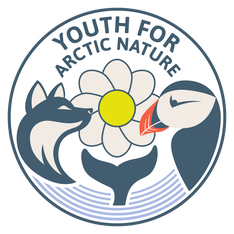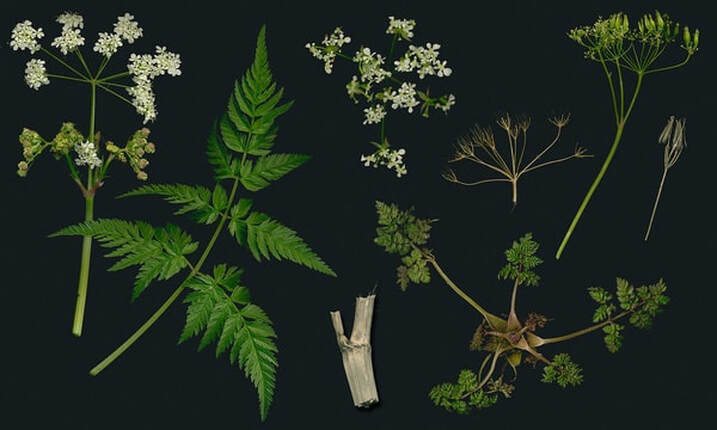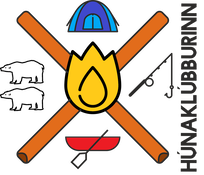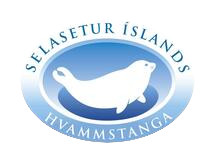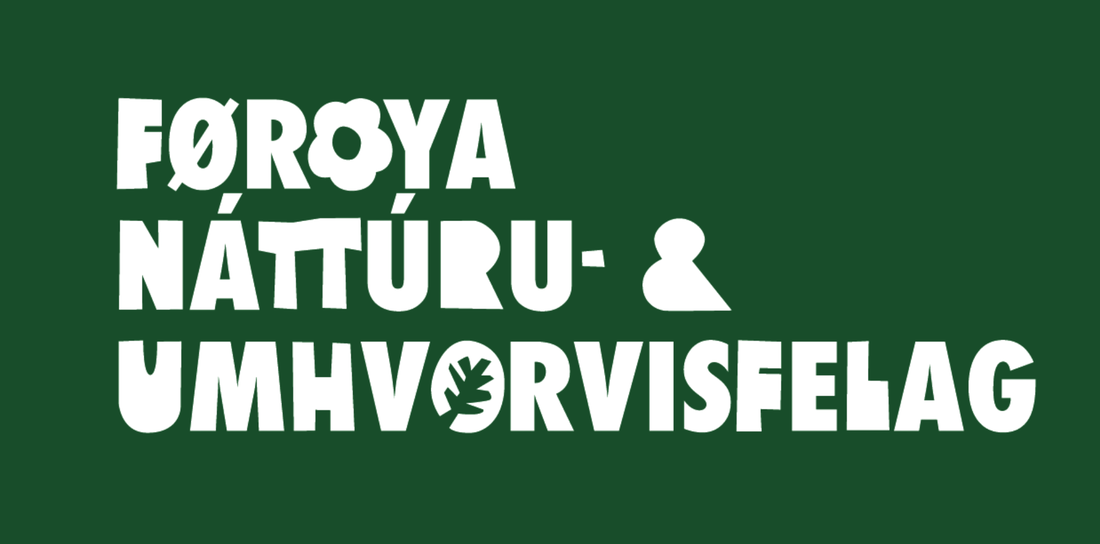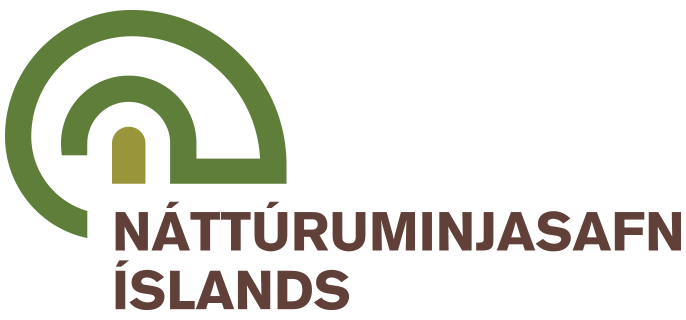|
|
Where is it? Cow parsley is native to Europe and parts of Asia, but was introduced to many regions including the Faroe Islands, Greenland, where it is common in a few specific areas, and Iceland, where it is very invasive and has become common. It was also discovered in Svalbard but was eradicated, although seeds could still be present in the soil.
|
|
Interesting facts |
- Cow parsley is often a secondary invasive plant: this means that it often spreads in space that has been freed by the implantation of another invasive species, such Nootka lupine.
- Because it is tall and grows fast, cow parsley can impair the growth of native, more slow grown species in the Arctic.
- In Iceland, the species first began to spread rapidly during the second World War.
References
- Magnússon, S.H. (2006): NOBANIS – Invasive Alien Species Fact Sheet – Anthriscus sylvestris. – From: Online Database of the North European and Baltic Network on Invasive Alien Species – NOBANIS www.nobanis.org, Date of access 21/09/2021.
- Holst, I. N. (2019). Take precautions before going to Svalbard. Scandinavian Traveler. https://scandinaviantraveler.com/en/lifestyle/take-precautions-before-going-to-svalbard
